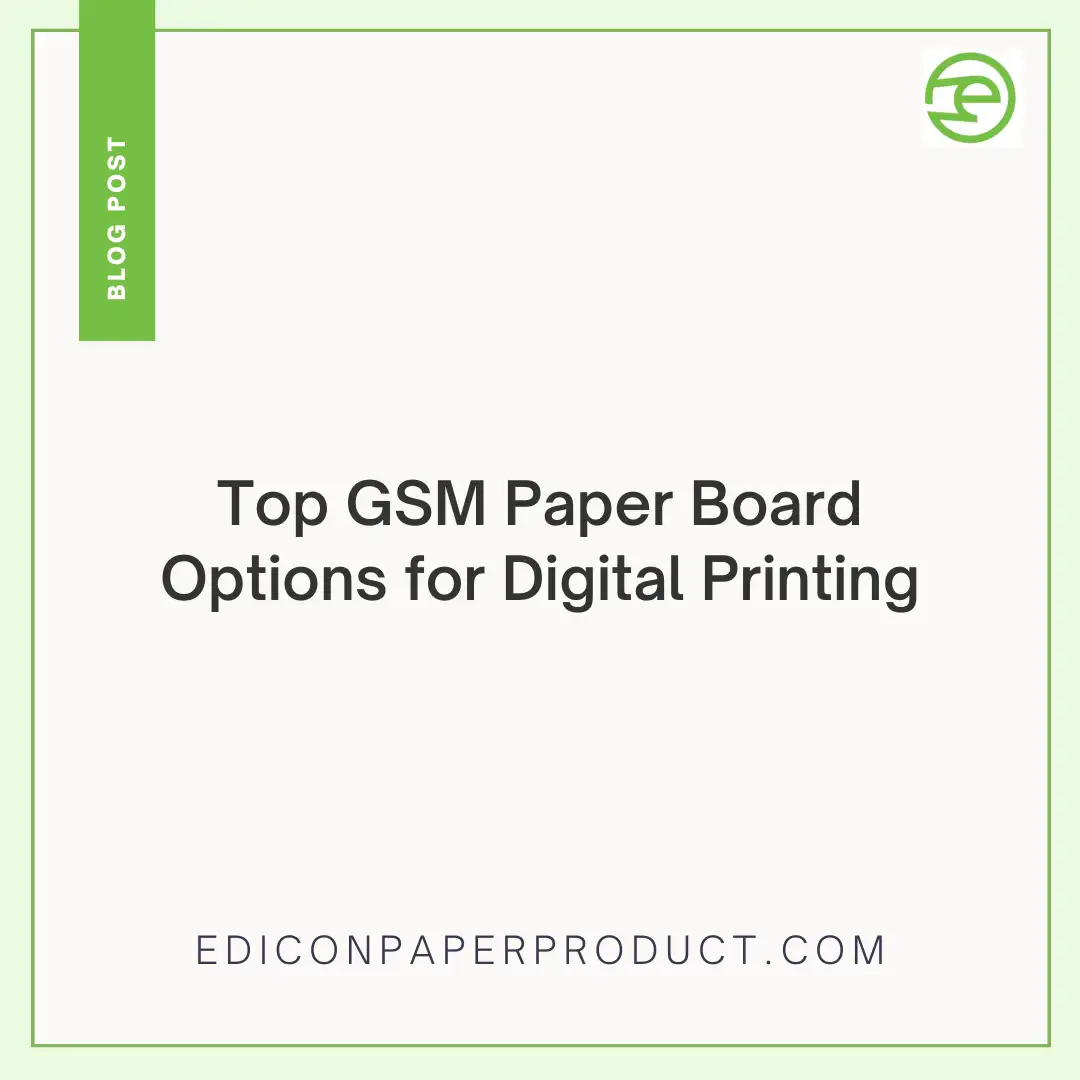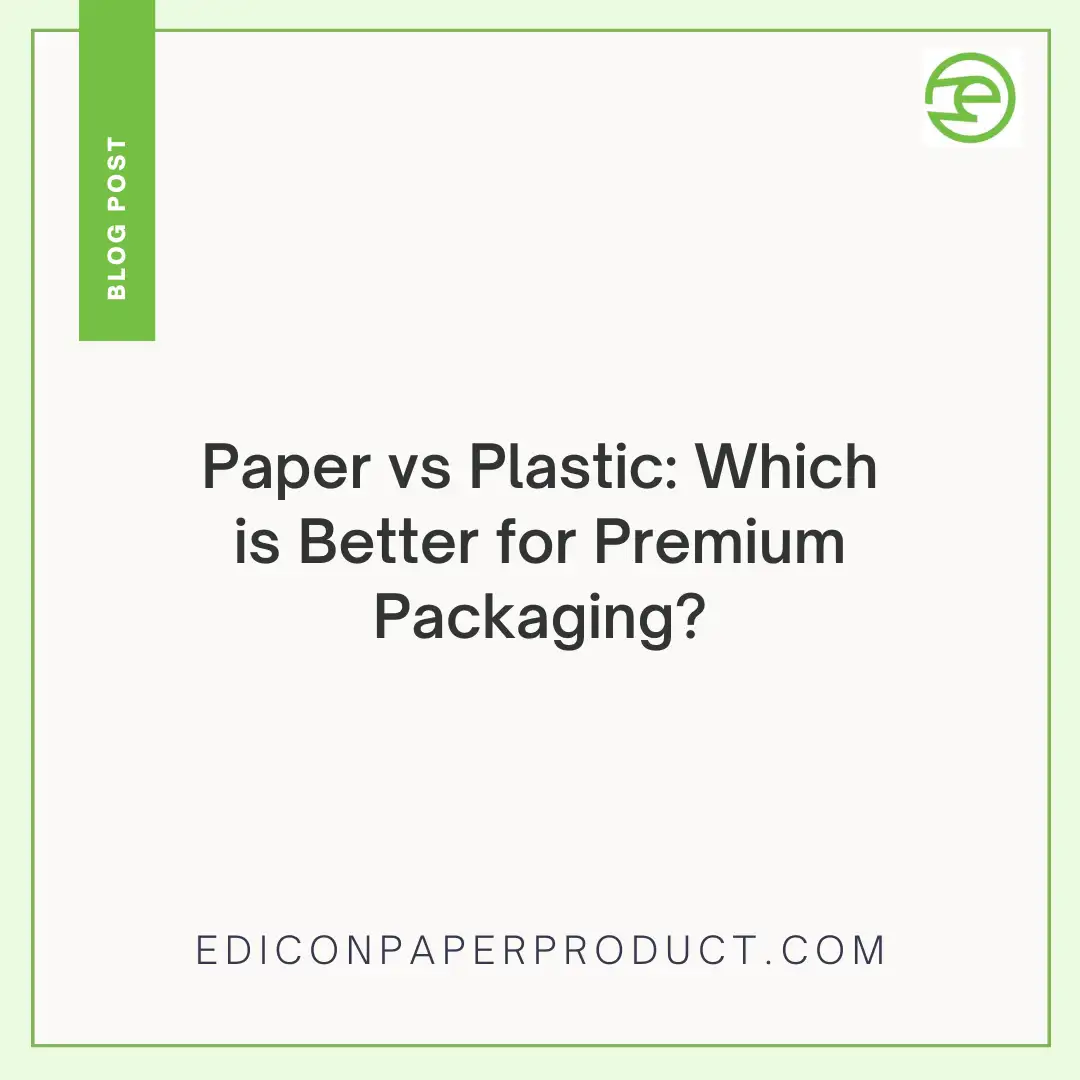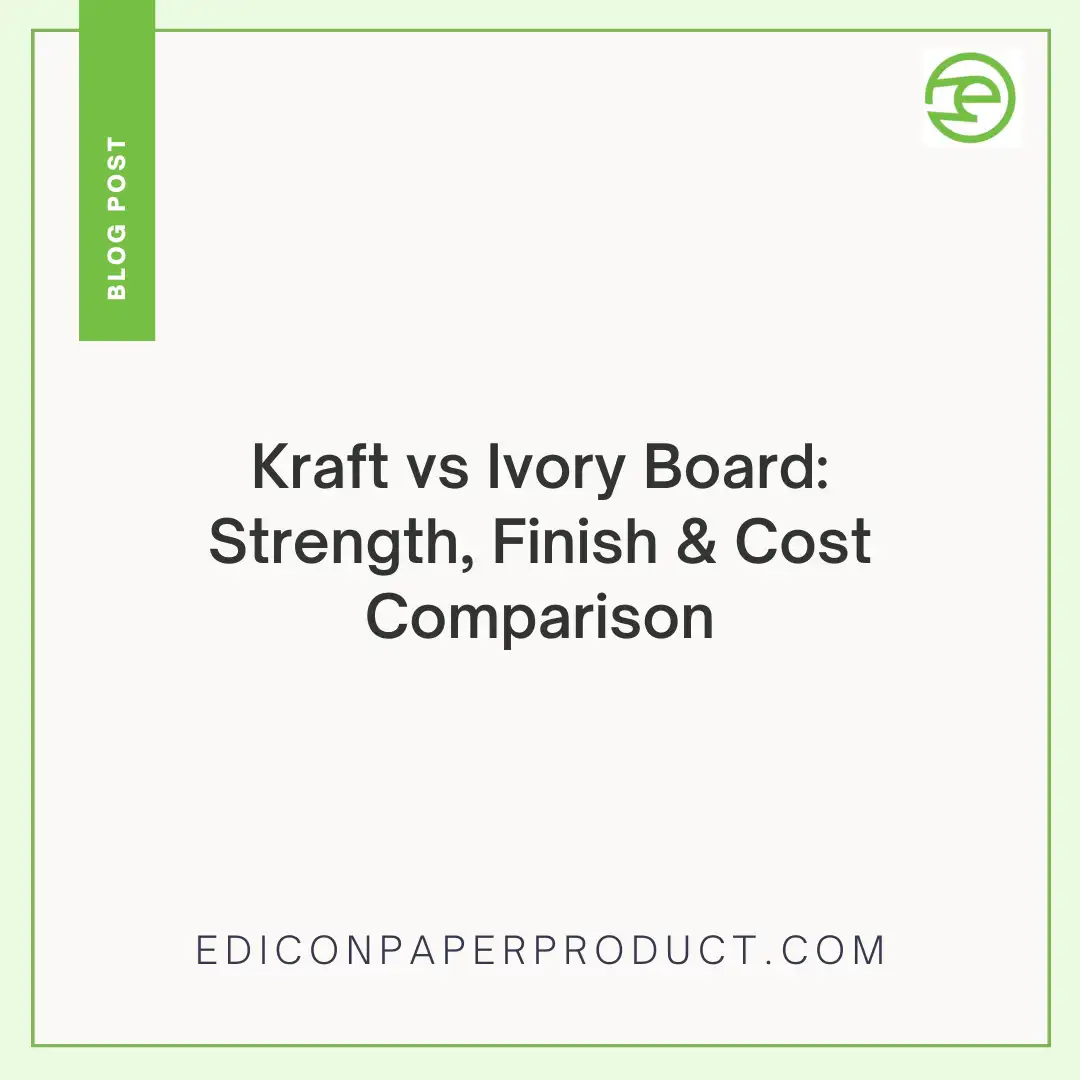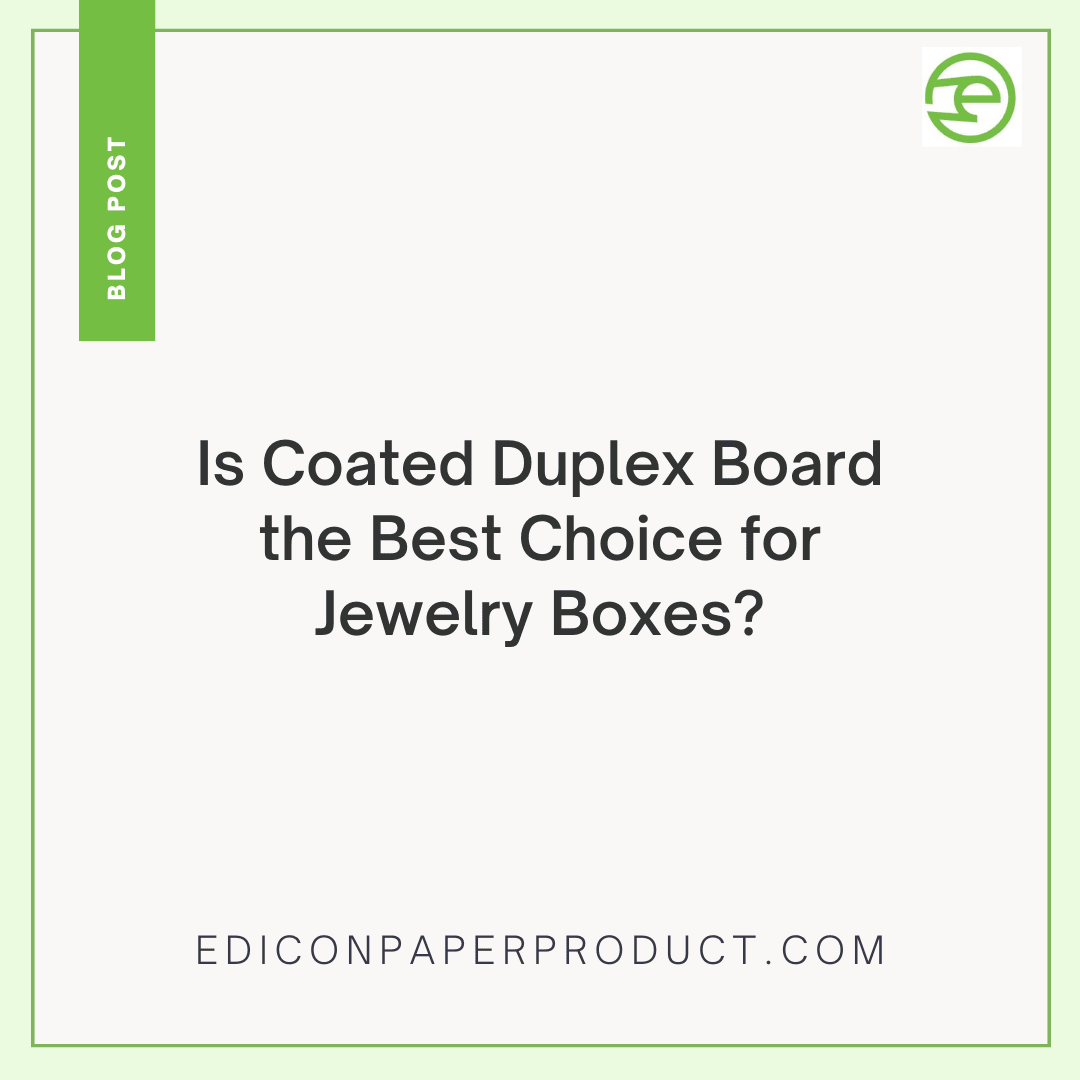Recycled Board vs Virgin Board
Since becoming more environmentally aware is growing in popularity, businesses are embracing and using more sustainable approaches. In regards to paper and packaging, the dispute over whether to use recycled board or virgin board is very clear. While all types of board present their own positives and negatives, with warnings about the environment and changes in raw material prices, recycled solutions are becoming more popular.
This article explains how recycled board and virgin board differ, looks at how they are produced, assess their effects on the environment, how they compare in price and evaluates their performance in different applications. Anyone in the industry such as a brand, packaging firm or buyer, can use this knowledge to guide their decision-making.
What Is a Recycled Board?
![]()
Old paper and cardboard products are first gathered, sorted and then reprocessed to make recycled boards. The fibers are cleansed, processed into pulp and converted into making a new board. It plays a role in environmental care by reducing solid waste and requiring fewer resources to be used.
Key Features of Recycled Board:
Sustainable: Recycles used materials rather than producing them from scratch.
Cost-effective: The cost of production is lower when the materials are less expensive.
Low carbon footprint: Consumes less energy and water during its production.
Eco-friendly: It means the environment suffers less from deforestation and from unusable landfills.
Made from waste paper: recycled paper is made from recycled materials, helping the circular economy grow.
What Is Virgin Board?
![]()
Virgin board is made only from fresh wood pulp, with most of it sourced from trees. It appears cleaner and more uniform, though its creation requires using lots of natural resources and energy.
Key Features of Virgin Board:
Unsustainable: It depends on harvesting trees and using limited natural resources.
Not affordable: High processing costs and raw material expenses make this food expensive.
Increases pollution: More pollution occurs during the production stage.
Negative effects on nature: Causes deforestation and loss of habitats.
Made from tree pulp: Using tree pulp for paper involves a linear supply rather than a circular one.
Environmental Impact
Recycled Board:
• Saves trees by using previously used fibers in the paper-making process.
• Recycled boards use half less water and a third less energy even compared to virgin boards.
• The amount of CO2 decreases and there is less waste going to landfills.
• Recycling is possible, but fiber quality decreases each time.
Virgin Board:
• Choosing wood from certified forests assures proper forest management and more planting.
• Needs more trees, water and energy during the production process.
• For recycled boards to keep good quality, virgin fibers are required to be added in the supply chain because recycled fibers can’t go through the loop forever.
Cost Comparison: Which One Is More Economical?
Recycled Board:
• Higher efficiency because paper used in making them comes from recycled waste.
• Uses less processing and fewer chemicals.
• Price stability is supported, mainly where recycling is organized effectively.
Virgin Board:
• It is more expensive to obtain the raw material used to produce paper (tree pulp).
• Can be affected by fluctuations caused by environmental rules, the threatened destruction of forests, raw supply issues and changes to fuel costs.
• They are often sold for more, especially when there are rules to protect the environment.
In most instances where the goal is to produce a lot of packaging, using recycled board is the best choice budget-wise.
Performance and Durability
Performance of Recycled Board:
• Resistant enough to hold up for packaging cartons, boxes, inserts and displays.
• Improved technology involving multi-layer boards is able to meet the requirements of several performance metrics compared to virgin boards.
• Despite rougher texture, the material is still perfect for typical commercial products.
Performance of Virgin Board:
• It has a better texture, greater brightness and a stronger structure.
• It is usually chosen for luxury boxes, packaging for food items or cases that require precise color printing.
• Protects the fibers from splitting for a longer period.
Applications: Where Each Board Shines
![]()
Virgin Board:
• Types of Food Packaging: Trays, cartons and boxes that come in direct contact with the food.
• Pharmaceuticals: Blister packs and packaging for the medical sector.
• Luxury Goods: These are items such as premium packaging, cosmetics and electronics.
• Heavy Packaging: Industrial boxes, export cartons.
Recycled Board:
• Planet-friendly Packaging: Customer boxes, Shipping boxes, Mailers.
• Packaging for non-perishable foods: For snacks, boxes; for protection, non-food contact layers.
• Sustainable Manufacturing: Furniture, construction, art and display materials.
• Secondary Packaging: Cartons, inserts and dividers for the main box.
Regulatory & Industry Trends
Governments worldwide are pushing for greener packaging standards, leading industries to favor recycled materials.
• EU’s Packaging and Packaging Waste Regulation (PPWR) recommends minimum recycled content.
• India’s EPR (Extended Producer Responsibility) guidelines encourage circularity.
• The US & Canada have state-wise laws mandating eco-friendly packaging use.
Choosing recycled boards doesn’t just support sustainability—it ensures future regulatory compliance.
Edicon’s Role in Recycled Board Innovation
At Edicon Paper Product Private Limited, recycled boards aren't just a product—it’s a mission. We focus on delivering:
• Recycled boards that meet the requirements of several industries.
• A range of GSM and ply options is available based on what you want to package.
• Production that uses simple and non-harmful materials.
• Promoting and supporting the idea of a circular economy.
Based in Morbi, Gujarat, Edicon is dedicated to producing duplex and triplex boards for businesses in India who want to improve the environment as well as ensure quality.
Recycled Board Myths – Debunked
Myths 1: Recycled board is weaker
Fact: In many cases, modern recycled boards are as good as or even better than, virgin boards.
Myth 2: It’s not suitable for use in printers.
Fact: Proper coating and finishes on recycled boards result in excellent printing.
Myth 3: It can only be used for low-quality packaging.
Fact: High-end brands are now making use of sustainably recycled materials.
Choosing the Right Board: Key Factors
| Criteria | Recycled Board | Virgin Board |
| Sustainability | Excellent | Poor |
| Cost | Lower | Higher |
| Print Finish | Good (with coating) | Excellent |
| Strength & Durability | Sufficient for most | Excellent |
| Regulatory Alignment | Green-compliant | Less favorable |
| Environmental Impact | Low carbon footprint | High carbon footprint |
When deciding between recycled and virgin board, consider: If your project demands luxury-grade visuals or highly sensitive food contact, virgin board might still be relevant. For general, everyday, and volume packaging, recycled board is the smarter and more sustainable choice.
Final Thoughts: A Shift Toward Sustainability
The debate between recycled board and virgin board is more than just technical—it’s ethical. As environmental concerns grow and global regulations tighten, companies that embrace sustainable materials like recycled boards stand to gain customer loyalty, brand credibility, and long-term savings.
By choosing Edicon paper recycled board, you’re not just making a cost-efficient or compliance-driven decision. You’re investing in a greener future, reducing dependency on forests, and supporting the circular economy.






